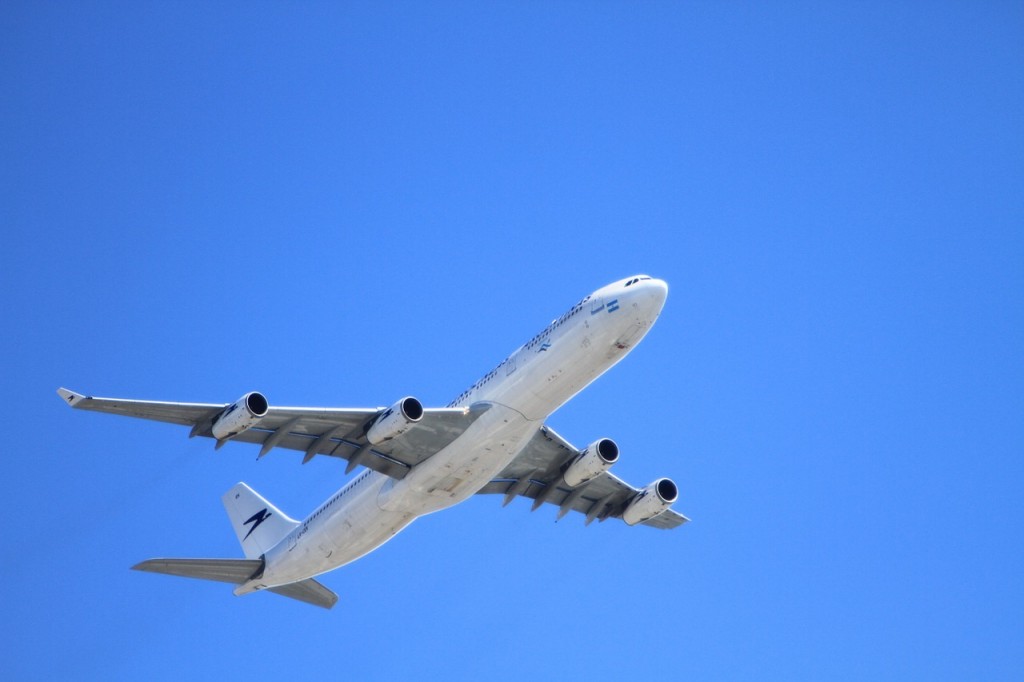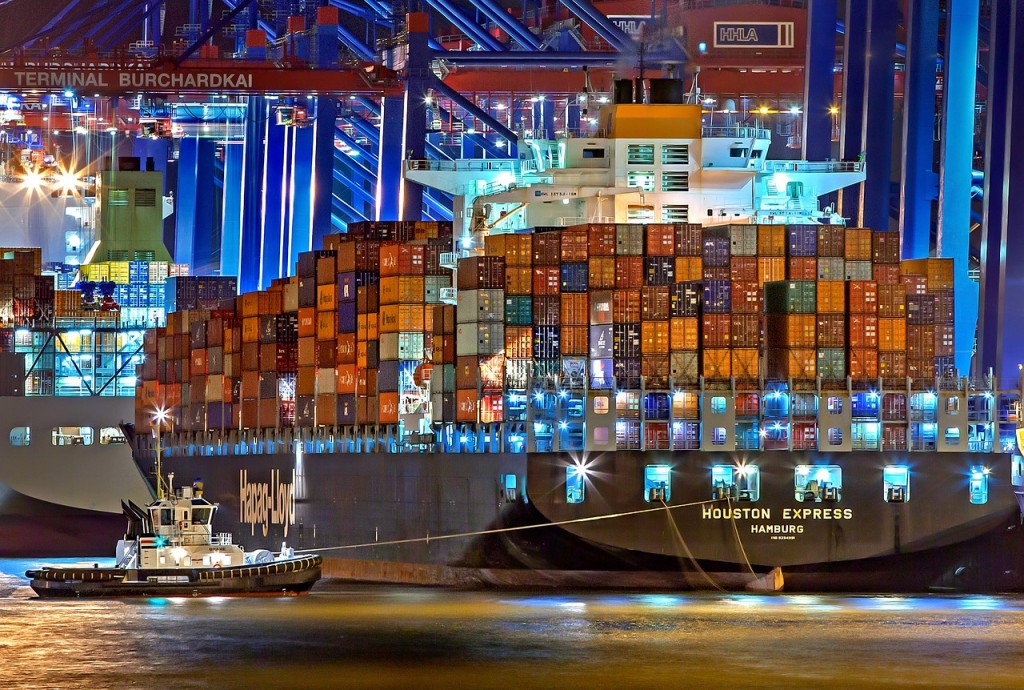As of 2010, 200 million people live outside their country of origin. Moving abroad is an exciting new adventure. You have the opportunity to experience a whole new culture and way of life. Perhaps you’ll learn a new language or change your life in some remarkable way when you experience life overseas. Before you physically move overseas, it is still important to remember that you need to move your household goods first.

Get Rid of Unwanted Items First
Most households have piles of things that they no longer need. If that describes your home, one idea for you is to host a garage sale before you leave. In doing so, you will have the opportunity to get rid of the things that you don’t need anymore. Getting rid of the clutter will substantially reduce the shipping cost to transport your things overseas.
Think Before You Pack
As you are going through the items in your home, check for any country restrictions on the items you have. Argentina won’t allow you to import a television, and they impose an 80% tax on automobiles.
Sea Vs. Air Transport
You have two options when moving household goods overseas, specifically sea and air. Air transportation is quicker, while sea transportation is slower but less expensive. Those in a hurry to have their things moved abroad will want to choose air transportation over sea transportation.

Air Transport
When transporting items by air, you pack them into boxes and use an international shipping carrier to ensure they arrive. This process is like shipping any other item: you are responsible for getting the boxes to the carrier. The carrier then ships your packages to your new destination.
Finding a Shipping Provider
The first step when shipping goods overseas is to locate a shipping provider whom will work with your specific needs. The right shipping provider will tailor the service they provide to your needs. They will also take care of your fragile items during the move to prevent any damage to those.
Insure Your Items
You are also going to want to insure your items before you ship them overseas. In the event of a loss such as a storm at sea, the purchase value of your items will be covered by insurance. The aim is so that you won’t need to replace items which are lost in a container.

Shipper Will Pick Goods Up
The shipper will pick up the goods from your home and load them into a container. Once the goods have been loaded into the container, they will be transported to either the airport or seaport using a combination of trucks, trains, or rail. This combination of transport modes can ensure that you will be able to get from point A to point B as quickly as possible.

